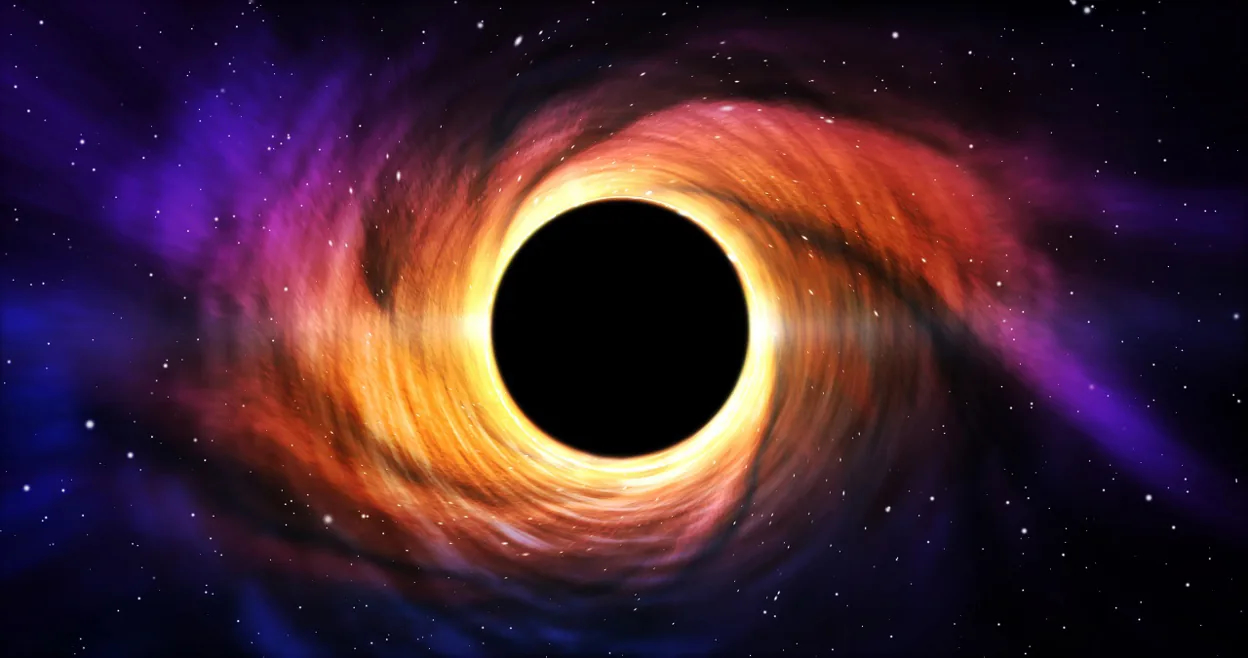|
Getting your Trinity Audio player ready...
|
Astrophysicists have known for for a century that 85% of the mass of the universe is made up of a mysterious substance that exists in space in addition to ordinary stuff. Its designation as “dark matter” comes from the fact that it does not emit, reflect, or absorb light. The observed amount of ordinary matter was insufficient to explain certain astronomical data, ranging from higher-than-expected rotation rates of stars in galaxies to anomalies in the cosmic microwave background on the scale of the entire Universe, necessitating the introduction of this new component into physics.
Dark matter is widespread, but its composition has not yet been determined by scientists. The so-called weakly interacting massive particles, or WIMPs, were first thought to be the most likely candidates to make up its fundamental building blocks. There have been no successful attempts to observe WIMPS with ground-based detectors, particle accelerators, or space satellites despite the fact that many physicists think their interaction with particles of ordinary matter should be visible in a laboratory.
Many scientists have come to the conclusion that dark matter might be made of something else because of the absence of successful experimental results in the discovery of WIMPs. Reggie C. Pantig and Ali vgün examined the theory that the universe is genuinely filled with so-called “fuzzy dark matter” and presented a method for detecting it in a recent paper that was published in Progress of Physics. Doctor Pantig of the De La Salle University in the Philippines indicated in an email that “fuzzy dark matter is a hypothetical material made of ultralight particles.” “They are far lighter than the protons and neutrons that make up ordinary matter. It is believed that because these particles are so light, they would act more like a fluid or a wave than like discrete particles.
The lack of dark matter in laboratory investigations is explained by the fuzzy dark matter particles’ hypothesized mass, which is more than 25 orders of magnitude less than the mass of an electron. They are also predicted to interact with other particles with vanishingly weak forces. The fact that this model fits astronomical observations considerably better than the WIMP hypothesis is another plus. The large-scale structure of a galaxy and the Universe as a whole are very successfully explained by the current paradigm of cosmic evolution based on WIMPs, says Pantig. But the model finds it difficult to account for some abnormalities in the distribution of dark matter at the scale of individual galaxies.
The fact that there are theoretical as well as experimental reasons to assume the existence of such particles makes this dark matter scenario even more alluring. A main contender for a theory of quantum gravity, string theory, predicts the existence of incredibly light particles with similar qualities. Professor Ali vgün of the Eastern Mediterranean University in Turkey wrote in an email, “String theory has been claimed to give rise to natural fuzzy dark matter candidates in the form of ultralight axions.” According to one popular theory, dark matter is composed of incredibly light particles called axion-like bosons that condense into halo-like structures.
The researchers’ suggested technique of detection is based on the observation of supermassive black holes, which are thought to create clouds of fuzzy dark matter around them and are found at the centers of many galaxies. These clouds might cause a potential detectable deflection of light rays travelling near these black holes, depending on the mass of the hypothetical particle. It is unknown if the clouds would arise if the dark matter component were WIMPs because their production is unique to very light particles.
They discussed potential clouds that might be present near two well-known supermassive black holes. One is Sagittarius A*, which is located at the Milky Way’s galactic center, and the other is the recently imaged M87*, which is situated at the center of one of the heaviest galaxies known as M87. If the mass of a fuzzy dark matter particle lies in the range that is typically considered by theorists, then the clouds may be observable with next- or even current-generation telescopes, according to the physicists, who worked with a simplified theoretical model where black holes don’t rotate (which is false for the case of the aforementioned black holes).
Regarding the potential outcomes of their work, the scientists are examining various possibilities. The first is to increase the accuracy of the calculations by including black hole spinning in the model, and to see how this affects their findings regarding the detectability of the clouds. The analysis can be improved further by devising a more universal cloud architecture, which will also have an impact on the outcomes. The final option they are contemplating is to compare their procedures with other methods of analyzing how the dark matter cloud affects the gravitational field of the supermassive black hole. We will continue to investigate other other dark matter models, Pantig said. “Our study is only an alternate way of examining the consequences of dark matter as it acts as an astrophysical habitat for supermassive black holes.” “Why not employ these extreme items instead if Earth-bound equipment fails us? The only issue is the sensitivity of detectors, which might be resolved soon.


